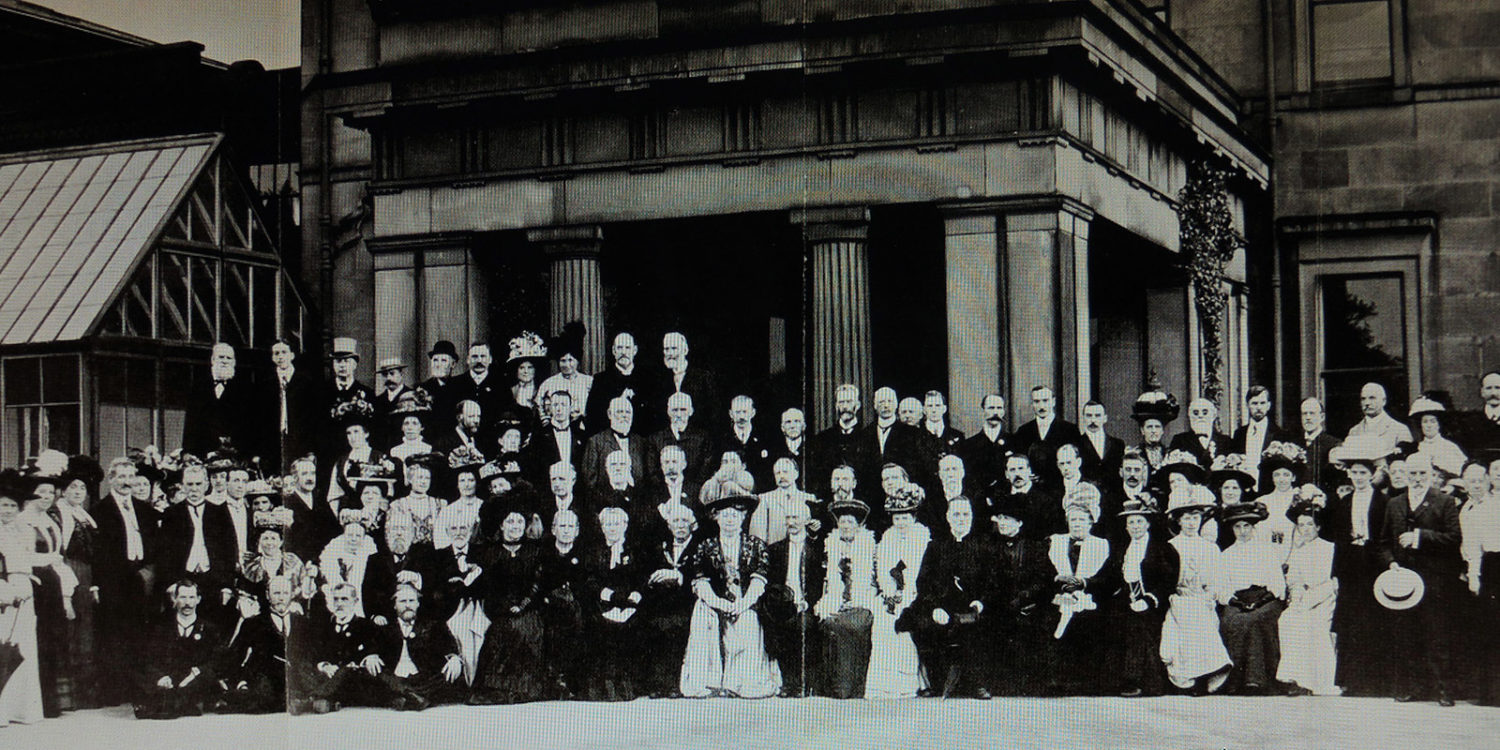
The delegates of the second international Triennial Conference of the Blind (1908) photographed outside Salford's Natural History Museum, Buile Hill. Central to the group is Isidor Frankenberg Salford's mayor and local manufacturer.

The original tennis courts at Buile Hill, early twentieth century. The tennis courts were relocated in the 1930s to make way for the Buile Hill Park Cafe.

Detail of 'Eccles Wakes' by Joseph Parry, 1819.

Watercolour showing the arena seating prices, Salford Pageant celebrations (1930), Buile Hill Park. Salford City Archives.

The 700th anniversary celebrations of the granting of Salford's charter took place in Buile Hill Park in 1930. This group re-enacted the arrival of Flemish weavers. Queen Philippa (centre) was performed by Eleanor Cuddeford, a Labour Councillor and local magistrate.
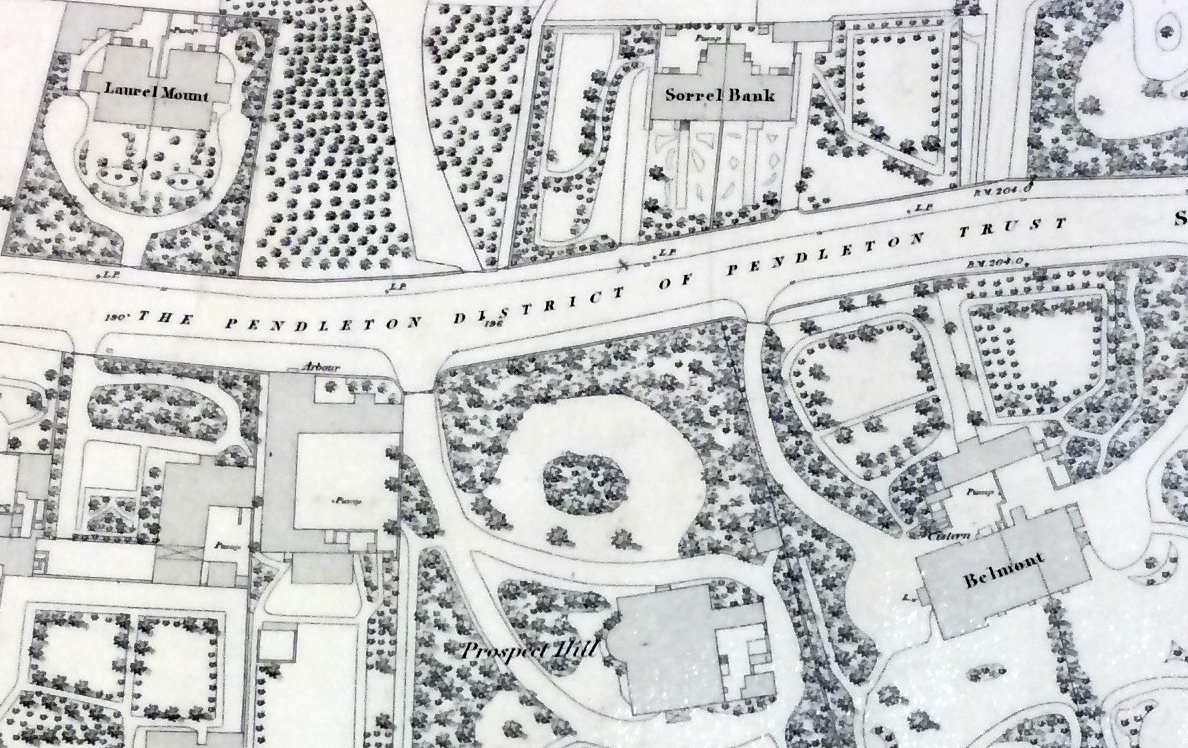
The original Sorrell Bank was on Eccles Old Road. The site is now the location of Mount Chapel.
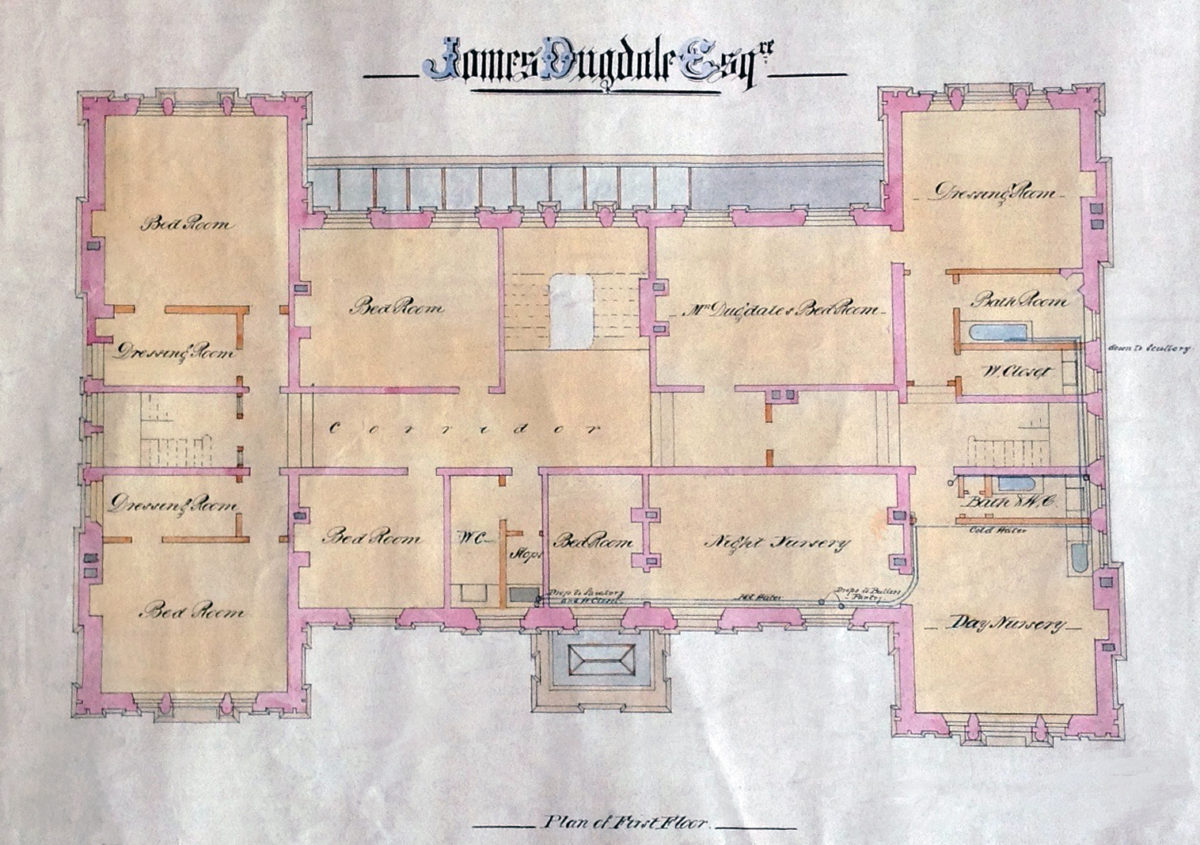
Hart Hill, first floor layout 1859, Walter Scott (architect) for James Dugdale. Salford City Archives. This was probably the third house on the site, described as being in the "Elizabethan Revival" style, the house was demolished in the 1920s when Salford acquired the Hart Hill estate to extend Buile Hill park.

Hope Brow, Eccles Old Road looking east
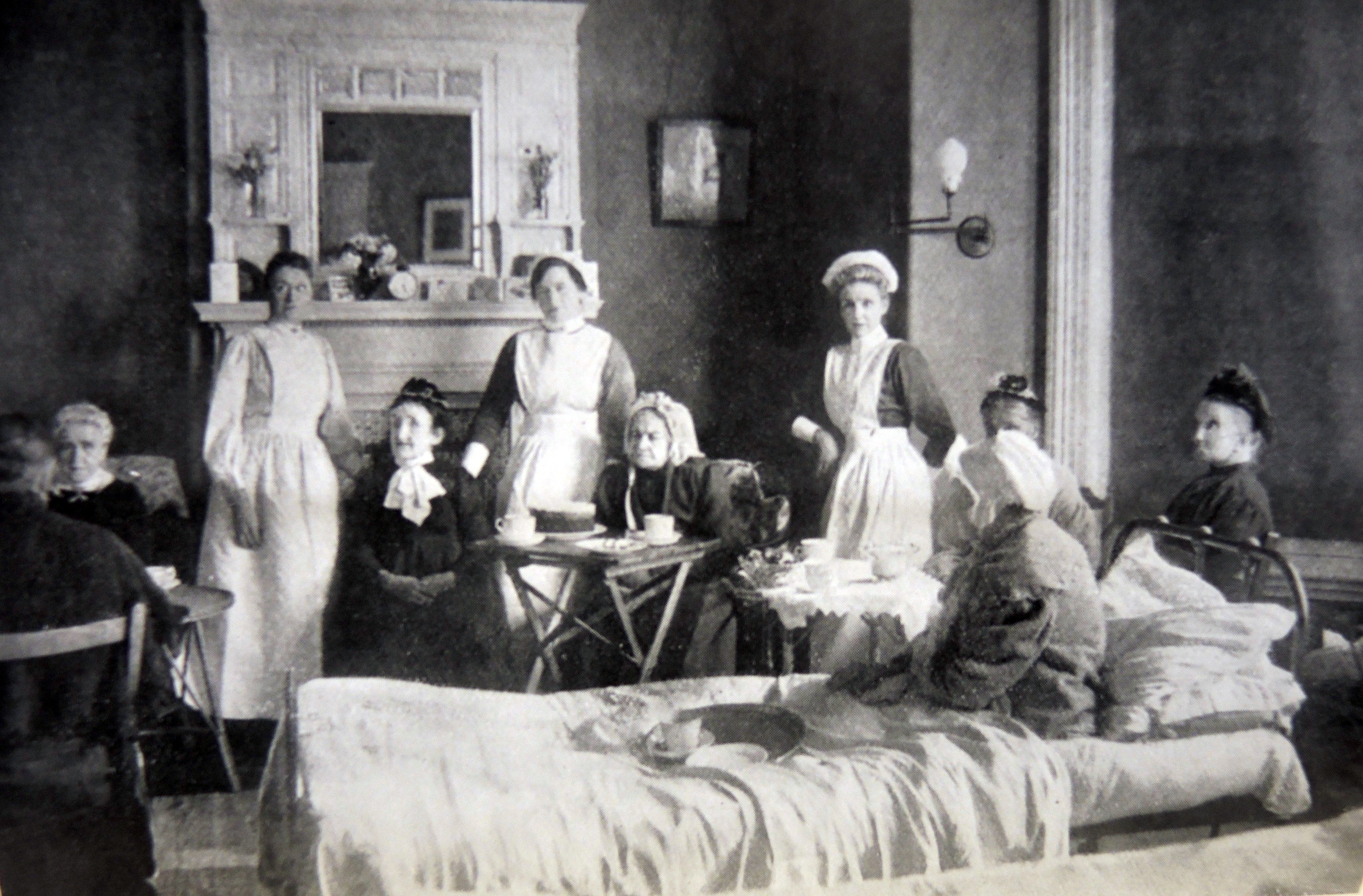
Manchester & Salford Blind Aid Society home on Eccles Old Road c 1920
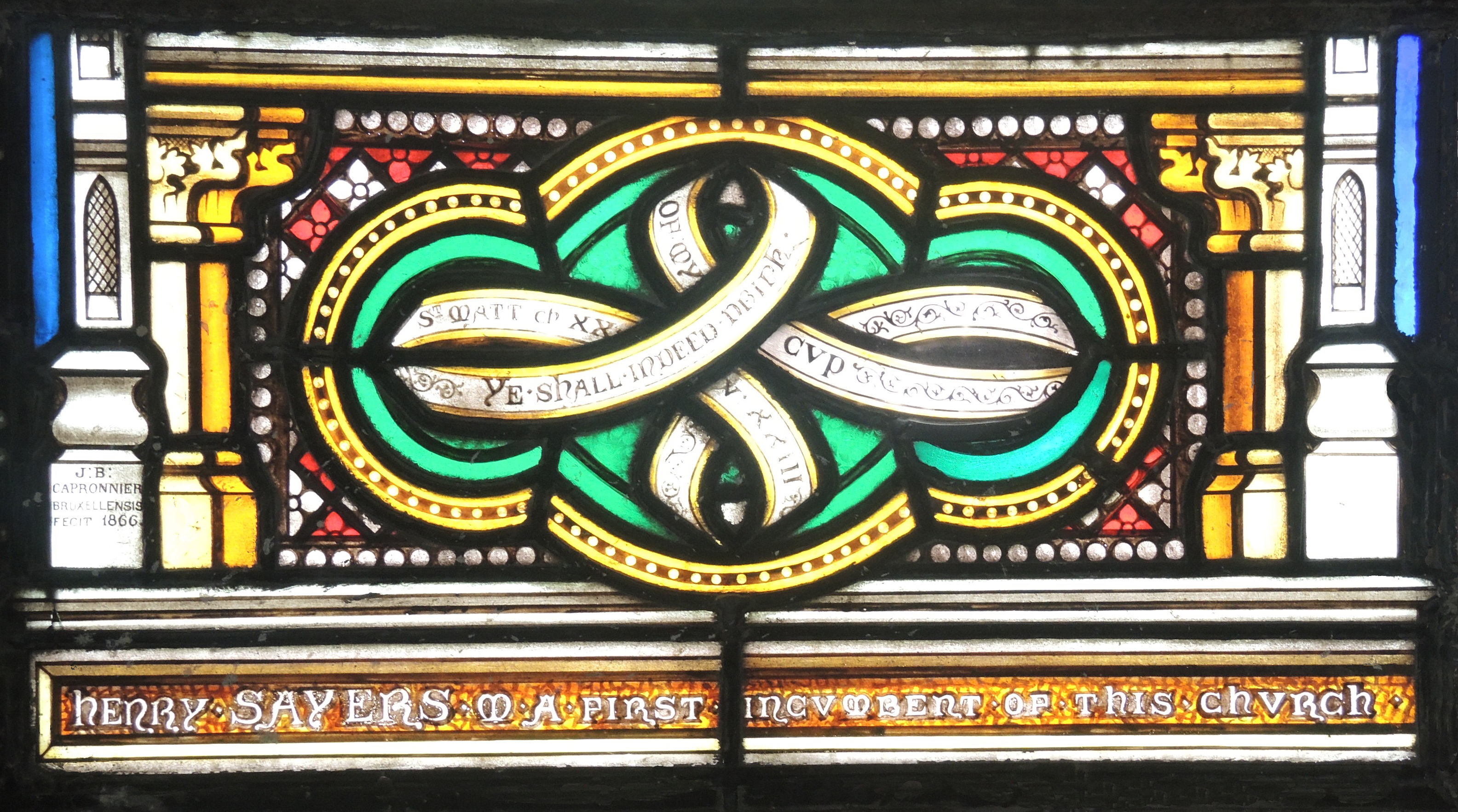
St James, Hope, detail of the stained glass (1866) by Capronnier in memory of Henry Sayers, the first incumbent.

The Nurses' Home, Hope Hospital built in 1926.

Building control plans and elevations for a house on Eccles Old Road. Salford City Archives

Buile Hill Estate - plans for the conversion to a public park c 1900. Salford City Archives

The lodge at Buile Hill sometime after the opening of the park. The lodge was probably built at the same date as Potter's mansion. The walls and gateposts were rebuilt around 1877.
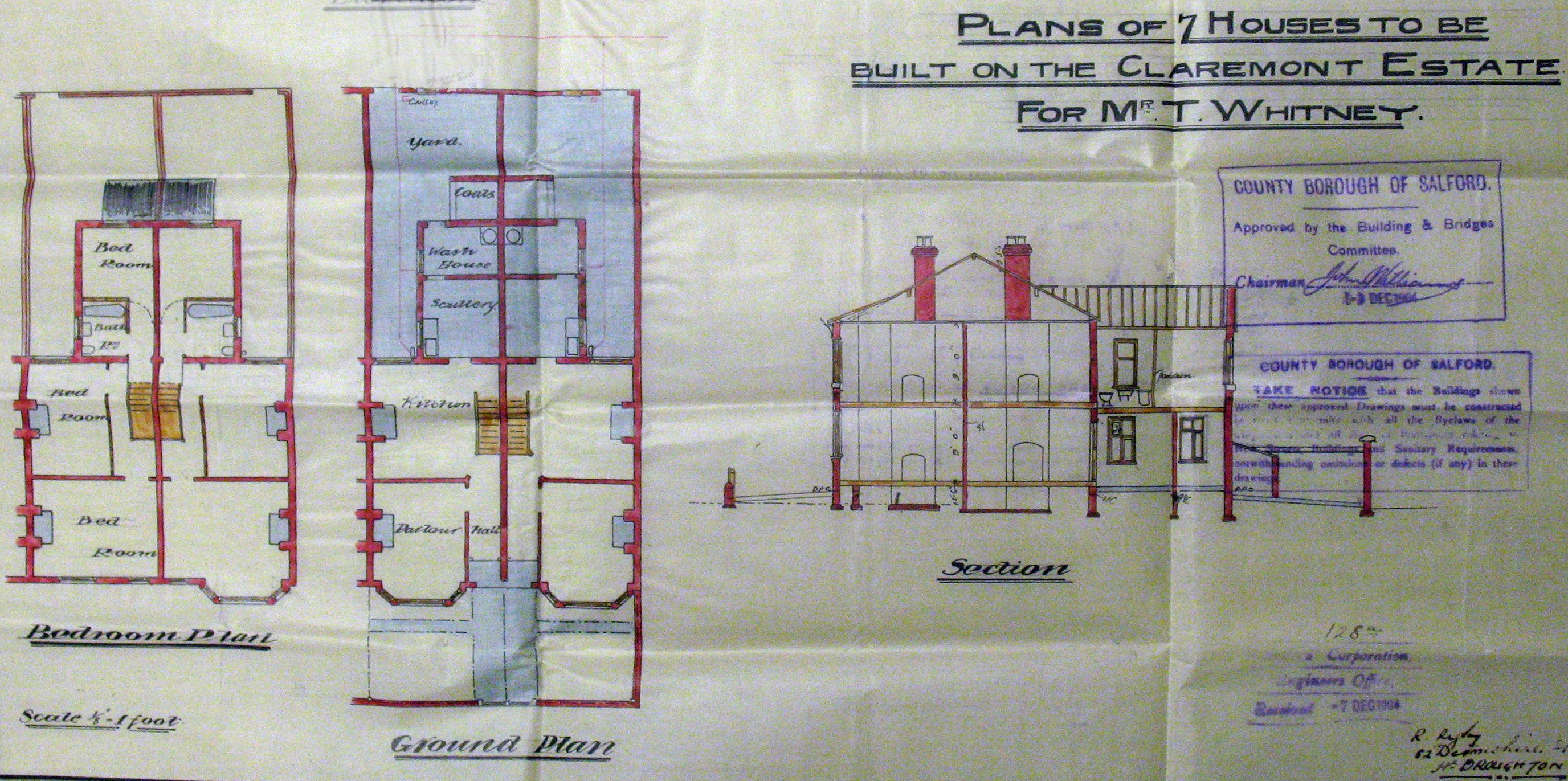
Claremont estate - building control plan. Salford City Archives. The city's archives hold many plans which document the development of Salford's built environment.
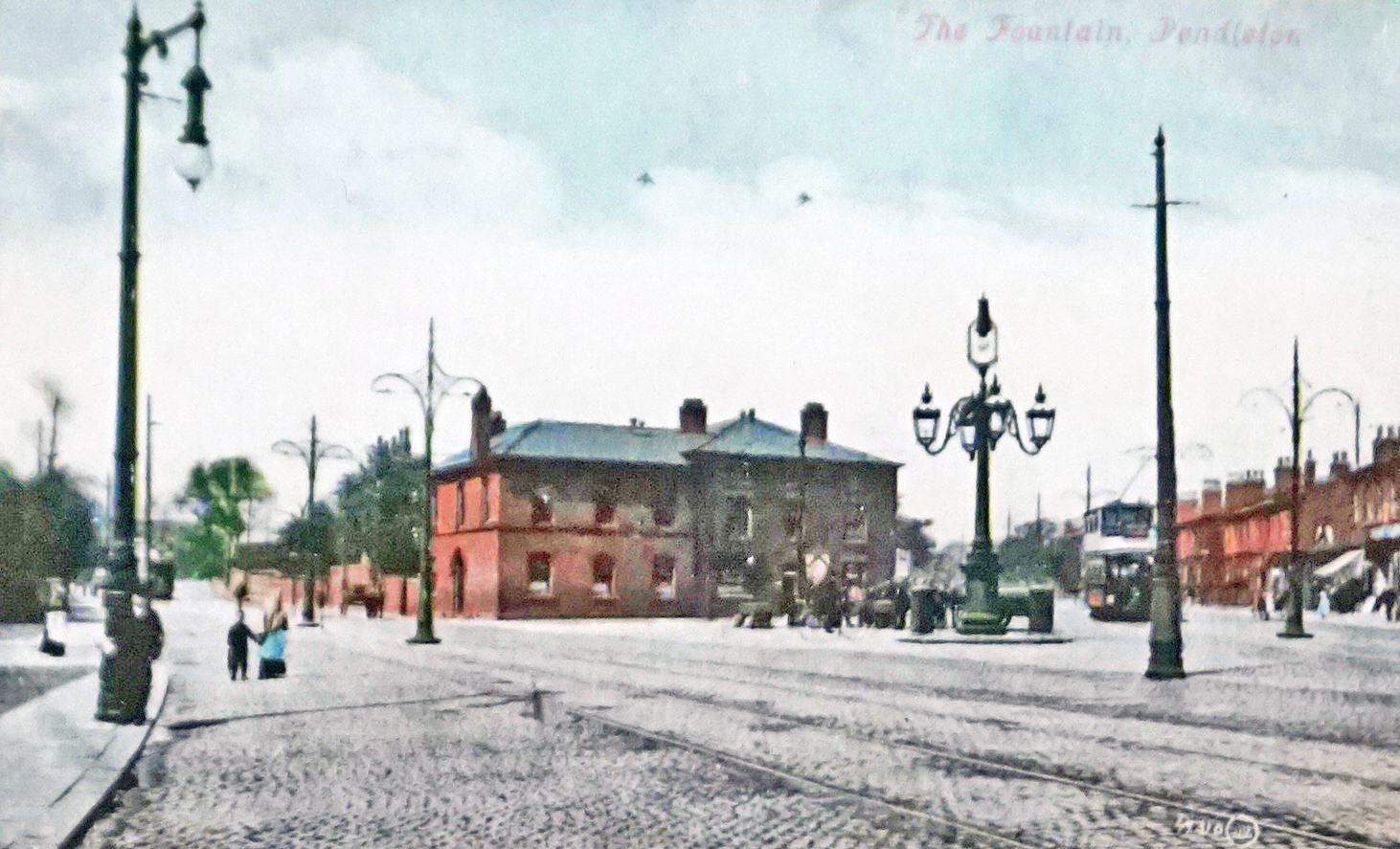
The Woolpack public house, a significant landmark from the middle of the eighteenth century, was at the confluence of two turnpike roads in Pendleton.
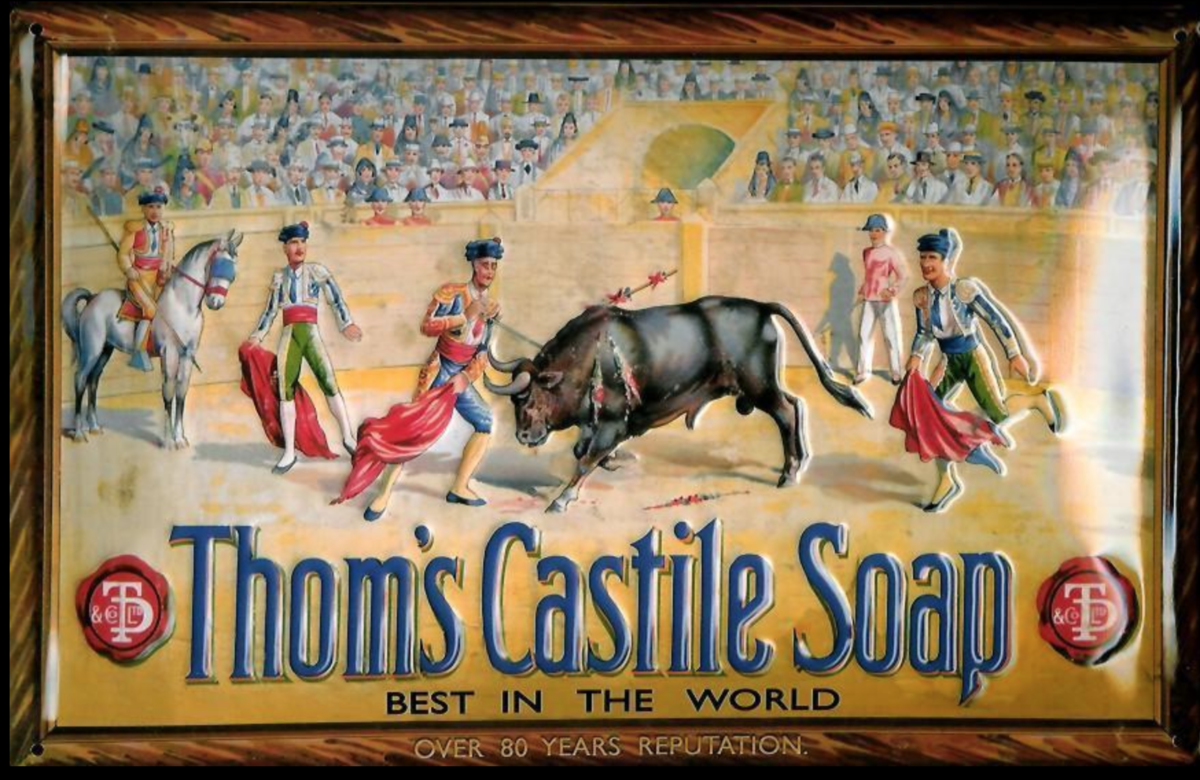
David Thom, successful business man and 'soap boiler' of Whit Lane, lived on Eccles Old Road

An artist's impression of Hope Hall during the time of Thomas Butterworth Bayley, one of its many influential residents. The house later fell into disrepair and was demolished to make way for Hope Hall secondary school.

A page from Macintosh's catalogue of 1853. The company was owned by the Birley family who lived in various houses in Pendleton, including Hart Hill, Broomhouse and Summerville..

'Going to Eccles Wakes' by John Collier (1708-1786) Salford Art Gallery. Eccles was a notorious venue for bear baiting.

Centre Matron Midwife Annie Amelia Hipwell; left is her daughter Lilly, wearing her Children's Nursing badge, right is daughter Elsie, all nurses at Cleveland House

A fancy dress ball arranged by the Heywood sisters of Claremont for the people of Irlams o th Height shortly after the end of the First World War.

The former Hope Hospital circa 1898

Drawing for the Buile Hill public conservatory by Alexander Edwards,
Salford's Parks Superintendent. Many of the designs for the shelters,
benches and pavilions were designed 'in house' in the drawing office
at Buile Hill. The conservatory was opened in August 1936 by Councillor Harrison. It was demolished in June 2024.

The children of Broomhouse Lane School celebrating the coronation of George VI in 1937.

A garden party for the Manchester & Salford Blind Aid Society held at Claremont around 1910. Isabel Heywood is the central figure surrounded by blind people and their partners. The entrance portico to Claremont house can be seen on the left. Postcards such as this were sold to raise funds for the Society.